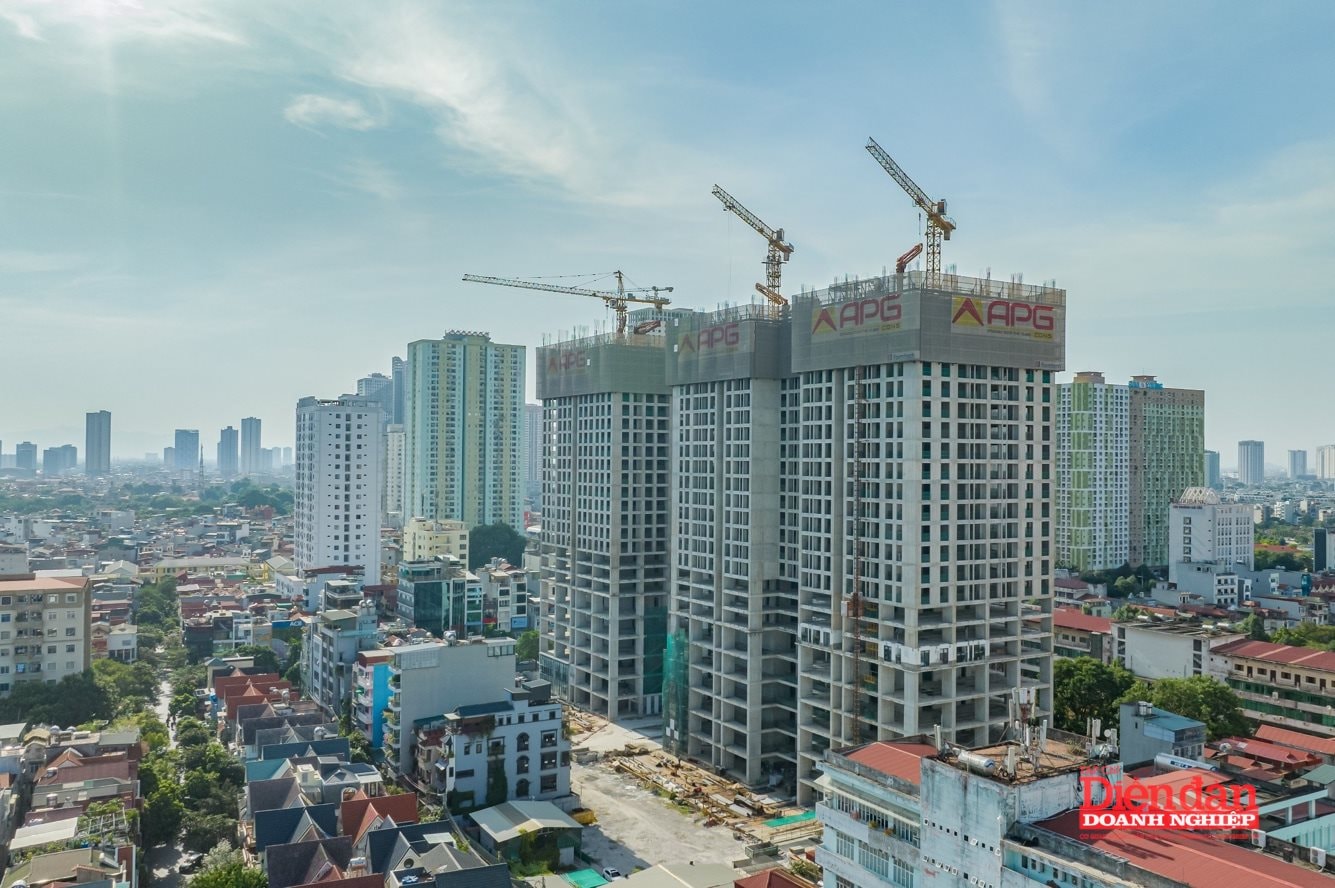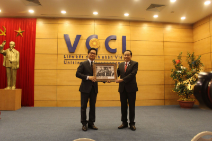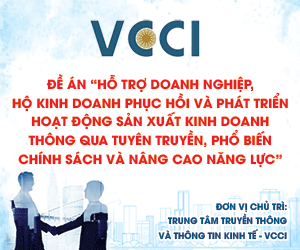Will real estate prices in Vietnam keep rising?
According to VARS IRE's estimate, real estate prices will rise further as the Vietnamese economy continues to receive cheap loans, increasing demand for investments while supply is still constrained.

New property supply continues to improve
According to Ms. Pham Thi Mien, Deputy Director of the Vietnam Real Estate Market Research and Evaluation Institute (VARS IRE), the residential real estate market saw approximately 34,686 new products in the third quarter, which was 2.4 times higher than the third quarter of 2024 and a slight 5% decrease from the previous quarter. However, it still reached its highest level during the same period of 2021–2024.
Imbalance in supply and demand
The supply of residential real estate in the first nine months of 2025 exceeded 100,000 units, 22% greater than the entire year of 2024. There are about 86,000 new items, which is 1.3 times greater than the total number of products released in 2024. The rest is inventory that is still being offered for sale, with a declining tendency due to recovering demand and favorable financing practices.
New supply varies by area, ranging from the urban center to satellite and type II cities. The North leads with 49% of new supply, followed by the South with 27% and the Central with 23%, with the Central area increasing by 10 percentage points as investors accelerated development in anticipation of rebounding demand.
Ms. Mien stated that the housing supply in the third quarter grew more competitive but was still driven by major developers. This category supplied more than 54% of the newly launched supply, down 18 percentage points from the previous quarter but still maintaining its leading position. Meanwhile, small and medium-sized businesses accounted for 45.7% of the supply, up substantially by 18 percentage points, particularly in the South, helping to expand supply and increase market competition. In the first nine months of 2025, Vingroup remained the largest firm in terms of scale and the number of projects contributing to overall market supply.
In the third quarter, the low-rise and land segments accounted for 32.2% of total supply, a modest reduction from the previous quarter, while apartments continued to lead the market with 67.8% of new supply. The gap between supply and demand in the housing market has not narrowed. Most new projects in Hanoi and Ho Chi Minh City, where demand is highest, are priced above VND100 million/m² because of limited availability vs. demand and rising input prices.
In the first nine months of 2025, the total supply of new housing units reached almost 86,000, with apartments making up 63% (over 54,000 units), which is more than double the amount during the same period in 2024; meanwhile, this supply structure continued to favor clients with high financial potential. In the 9-month supply structure, new residences priced over VND 50 million/m² remained constant at 63%. However, the high-end apartment sector declined to 30%, 13 percentage points lower than the same time in 2024, while luxury and super-luxury apartments climbed swiftly to 33%, up 19 percentage points from the first nine months of 2024. In Hanoi and Ho Chi Minh City alone, almost 80% of freshly announced stock was priced over VND 80 million/m².
A positive indicator for housing demand is that the supply of social housing flats is rising at a quick pace, due to the participation of big developers. Vingroup, for example, is now creating and selling almost 11,000 units, contributing significantly to increasing supply and addressing people's actual housing requirements.
High price but still "sold out"
Regarding property prices, Mr. Le Dinh Chung, member of the VARS Real Estate Market Research Working Group and General Director of SGO Homes, stated that newly opened projects have higher prices than the same period but are still well absorbed, even "sold out" on the first day of sale, due to increased real estate and investment demand in the context of "cheap" cash flow and inflationary pressure, which promotes the need to find "safe haven" assets.
In the third quarter, the Vietnam property market recorded around 34,000 successful transactions, bringing the absorption rate to 66%, up 12 percentage points from the previous quarter due to inventory clearing. The absorption rate for new supply was 77%, equivalent to 27,000 transactions, a 23% increase. The apartment sector accounted for more than 66% of transactions, with an absorption rate of 81%; the low-rise category also performed well, with an absorption rate of 60%.
In the first nine months of 2025, the absorption rate on newly released supply reached 68%, corresponding to over 58 thousand successful transactions, more than double the same time in 2024. The majority of transactions are driven by the demands of repeat or multiple real estate buyers.
Mr. Chung stated that the prices of first-time dwelling items remain "anchored," driving down the secondary price. Secondary property transactions have increased because primary items are expensive and mostly future products, prompting purchasers to move to transfer products. However, the actual transaction volume remains restricted since available supply is rare, most owners do not need to sell, and investors keep hold of their items while waiting for prices to rise.
The fresh supply might continue to improve as large-scale projects are constructed and scheduled for sale. Transactions continue to expand in proportion to supply, but with more selectivity, focusing on projects with comprehensive legal documentation, high-quality connecting infrastructure, and renowned investors.
In the face of limited land funds and rapidly rising land and material costs, project developers continue to pursue the strategy of developing high-priced segments to ensure profits, particularly when this segment is still well absorbed by customers with strong financial capacity and long-term asset accumulation goals. Prices will only be stabilized until the government implements adequate and effective regulatory remedies.
Proposal, recommendation
Dr. Nguyen Van Dinh, Vice Chairman of the Vietnam Real Estate Association and Chairman of the Vietnam Real Estate Brokers Association, provided a number of proposals to ensure the Vietnam property market's steady and long-term growth. Government authorities must immediately finish the National Database on Real Estate, support the establishment of state-managed real estate transaction hubs, and work toward greater openness in real estate transactions.
It is necessary to speed up the elimination of legislative barriers to projects, stimulate housing supply, particularly social housing in major cities, and quickly implement solutions to attract and deploy appropriate commercial housing types. To accomplish the aim of boosting supply, institutions for land, building, and real estate must continue to develop, as well as offer thorough instructions on executing current laws/resolutions in a timely and comprehensive manner so that authorities may confidently implement them. Simultaneously, strategies for diversifying capital sources and developing real estate financing are required, such as the corporate bond market, the early formation of the National Housing Fund, Real Estate Investment Trusts (REITs), and so on.
Furthermore, essential transportation infrastructure projects, like belt roads, metros, and highways, must be accelerated so as to increase urban space, entice enterprises to create projects, and provide residents with more housing alternatives at lower costs.
To minimize rising project development costs and make room for dwelling price reductions, VARS IRE suggests fully eliminating the rule of collecting an extra 5.4% fee each year while not calculating land usage fees and land rentals under the 2024 Land Law. Simultaneously, offer a way to identify more suitable land use fees in order to prevent increasing pressure to raise real estate values while also limiting investment, output, and company attraction.
VARS IRE recommends that real estate developers continue to restructure their businesses and investment portfolios in order to focus on business strengths or high-demand segments such as affordable commercial housing, social housing, and so on.
VARS also encourages the real estate brokerage community—real estate trading floors—to follow the law and the VARS code of ethics and professional conduct (VPEC). Let's work together to ensure the stability and sustainability of the Vietnamese real estate market. Say no to any actions of speculation, profiteering, price inflation, price pushing,... that cause market “bubbles."








